Agriculture and Food Security
Almost 1 billion people across the globe will go to bed hungry tonight, 200 million of them children. Most of those people are smallholder farmers who depend on agriculture to make a living and feed their families. Despite an explosion in the growth of urban slums over the last decade, nearly 75 percent of poor people in developing countries live in rural areas. That’s why agricultural growth can be three-to-six times more effective at fighting poverty than growth in other sectors like manufacturing.
Investing in these smallholder farmers—most of whom are women—is more important than ever. A spike in world food prices in 2008 hurt economies across the world and led to destabilizing riots in over 30 countries. In order to feed a population expected to grow to 9 billion people by 2050, the world will have to double its current food production, all while climate change increases droughts and leads to less predictable rains.
For decades, the world largely ignored investments in developing country agriculture. But in 2009 at the G-8 meeting in L’Aquila, Italy, President Obama called upon world leaders to once again focus on food security to fight hunger and poverty. As a result, countries committed more than $22 billion toward agriculture, reversing decades of underinvestment. The president also launched Feed the Future, the U.S. Government’s global food security initiative, designed to transform agriculture in 20 countries so they can grow enough to feed their own people.
In 2012, the United States once again stressed the importance of food security at the G-8 in Camp David, this time focused on a partnership designed to increase private sector investment in African agriculture. Thanks to the New Alliance for Food Security and Nutrition, 45 firms are investing more than $3 billion on the continent—many for the first time.
As part of these efforts, we’re scaling up a comprehensive approach to fighting hunger and strengthening food security by:
- Investing in cutting-edge scientific and technological agricultural research to develop stronger seeds and greener fertilizers so farmers can grow more.
- Developing agricultural markets, expanding trade and using mobile phones to provide real-time prices, so farmers can sell what they grow at a profit.
- Helping farmers access capital, so they can expand their farms and buy equipment.
- Offering extension services, so farmers can learn the best techniques to grow and store their crops.
- Developing sustainable agriculture strategies, so countries can feed their populations without depleting their natural resources.
- Providing emergency food assistance, so vulnerable populations and malnourished can survive and quickly bounce back in times of crisis.
As a result of these efforts, we will:
- Help 18 million vulnerable women, children, and family members escape hunger and increase their incomes by 2015;
- Reach 7 million children with highly effective nutrition interventions to prevent stunting and child mortality by 2015; and
- Lift 50 million people in Sub-Saharan Africa out of poverty by 2022—more than one out of every eight people who currently live in poverty in the region.
Learn more about our agriculture and food security efforts at FeedtheFuture.gov.
Latest Evaluations
@FeedtheFuture
-
So many new posts we can't fit them all here! Check out our blog for #SOTU #ValentinesDay #OpenData & more t.co/MxFcAw8U
1 day 17 hours ago.
-
Open Call: Apply to present at G-8 Conf. on #OpenData for Agriculture: t.co/mRZ6vNxu @USAID @FeedtheFuture @USDA
1 day 18 hours ago.
-
Global #foodsecurity is a complex issue. @FeedtheFuture is learning & sharing what works best to address it t.co/r0xszkHo
1 day 19 hours ago.

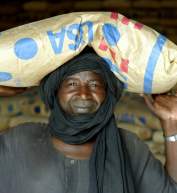




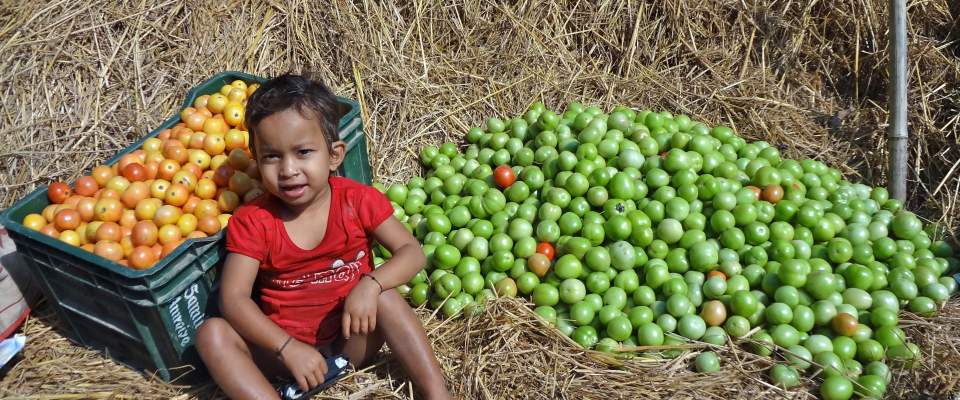

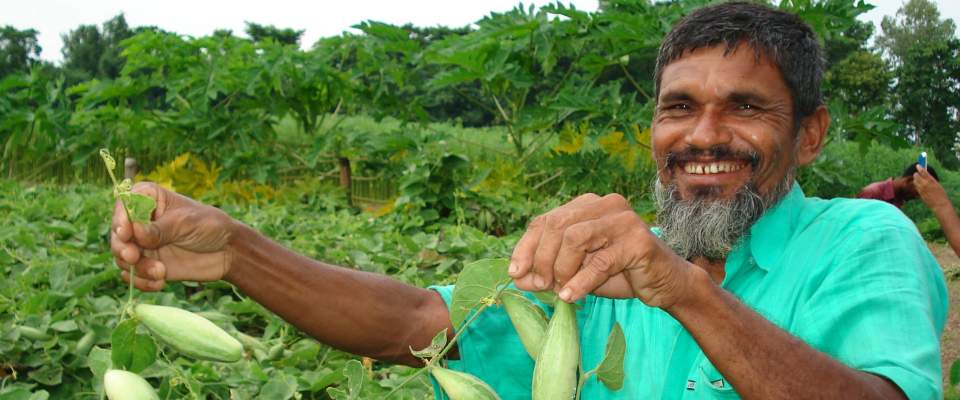



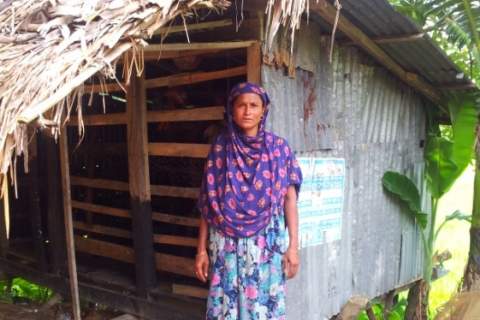

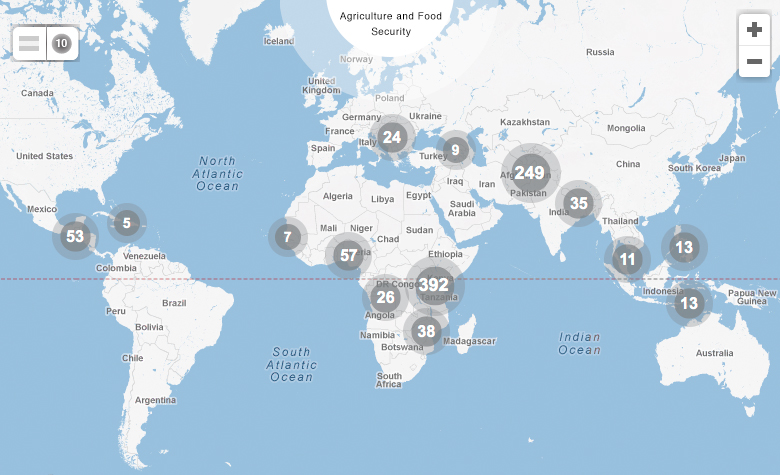

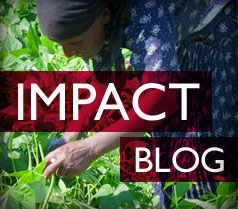
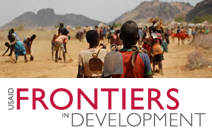
Comment
Make a general inquiry or suggest an improvement.